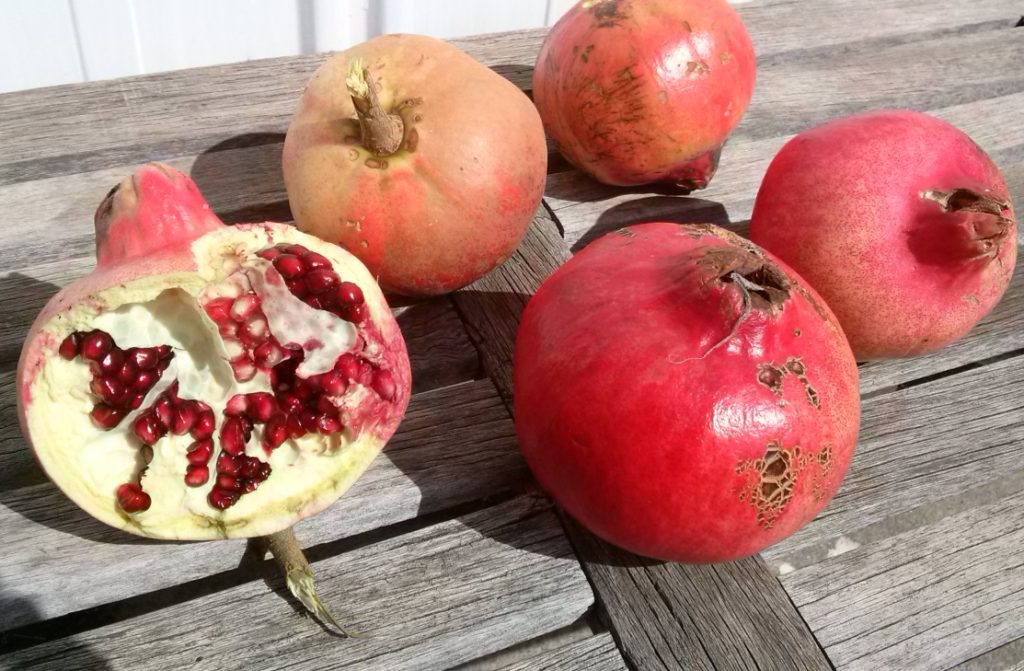Category Archives: Wholefoods
Apple cider vinegar was made famous by D.C. Jarvis in his book Folk Medicine, which was published in 1960. He worked as a doctor among the rural people of Vermont (USA), and in the course of his work discovered that the use of simple remedies such as apple cider vinegar, seaweed, and honey was often effective in treating common health problems.
(more…)Oats first appeared as a domestic crop during the Bronze Age and have been valued ever since, due to their high nutrient content. The common oat (Avena sativa) has a tall, hollow stem with lanceolate leaves typical of the grass family, while the flowers and seeds form loose hanging panicles. The wild oats found growing along the roadsides and in paddocks belong to the same family and several species have been cultivated in Asia, Africa and Europe. The seed, husks and the fresh green straw of common oats are all used in herbal medicine.
(more…)Artichoke (Cynara scolymus) has been cultivated since the time of the Romans, and people of Mediterranean origin still often still grow this old-fashioned vegetable in their gardens in Melbourne, knowing its health benefits. In fact, the French herbalist Maurice Messegue says that it is ‘the best preventative medicine for people in their fifties.’1 Only the tender parts of the unopened flower are usually eaten once the heads have been steamed, and they are garnished with olive oil and lemon juice.
(more…)
The pomegranate (Punica granatum) is a deciduous shrub with small, dark-green leaves, and long protective thorns. It comes originally from the Himalayas or Iran and is found in the Mediterranean region and along the Silk Road towards Afghanistan and China. It is a hardy plant which can live for hundreds of years and produces red flowers and large berries the size of an apple. These have a tough, dry peel full of flesh-covered seeds. The pomegranate is mostly used to make sweet desserts or juice, but it is also made into syrups and wine.
(more…)Chickens kept at home in the backyard produce eggs of varying size and colour, yet their nutritional quality, just like the uniform supermarket eggs, is determined by the bird’s diet. For instance, eggs that are laid by pasture-fed birds eat green grass and grubs which is necessary for the synthesis of omega-3 fatty acids, while grain-fed birds produce eggs that are high in omega-6 fatty acid instead.
(more…)Butter is a nutritious dairy product which is rich in fat-soluble vitamins and beneficial fats. It is made by churning fresh cream to separate the fat from the rest of the buttermilk so that the fat can be formed into a semi-solid block. Furthermore, raw milk can be left to stand before churning so that natural fermentation converts some of the milk sugar into lactic acid, giving the butter a sour taste (cultured butter). The finished butter can also be clarified in order to make ghee by heating it to remove additional milk solids and water.
(more…)
The olive tree (Olea europaea) has been cultivated since ancient times in Persia, Mesopotamia and the Mediterranean, and some trees have been known to live for more than a thousand years. The olive tree has silvery-green leaves, a gnarled trunk and an oily, bitter fruits which are either prepared whole for the table, or the oil is extracted using cold-pressure or steam. Olives should preferably be cold-pressed in order to preserve the phenolic compounds in the oil, a process that produces extra-virgin olive oil. The production of oil reaches around eleven million tons per year.
(more…)A sugar-free diet may sound straightforward but it’s a little more difficult than it seems because avoiding sugar actually means avoiding all urban convenience foods—they all contain cane sugar and high-fructose corn syrup (HFCS).
(more…)One thing that annoys organic bakers is being asked if their bread contains gluten. It’s not that they are irritated by having to make special breads for customers who are unwell, but that many digestive problems with symptoms as diverse as bloating, abdominal pain and fatigue are all blamed on gluten, which is only one of the many possible causes.
(more…)Turmeric (Curcuma longa) is a perennial plant of the ginger family well-known for use as a culinary spice in India and Asia. As a medicine, turmeric has been used for millennia by Ayurvedic and Unani physicians to treat both internal and external conditions, as it is still used today. In particular, it has a long history as a digestive aid and a liver herb, its yellow colour hinting at this role under the doctrine of signatures. The yellow colour is due to a high content of beneficial phenolic compounds called curcuminoids such as curcumin. In Okinawa it is considered a ‘longevity food’ because its consumption is a prominent part of the diet of centenarians.1
(more…)